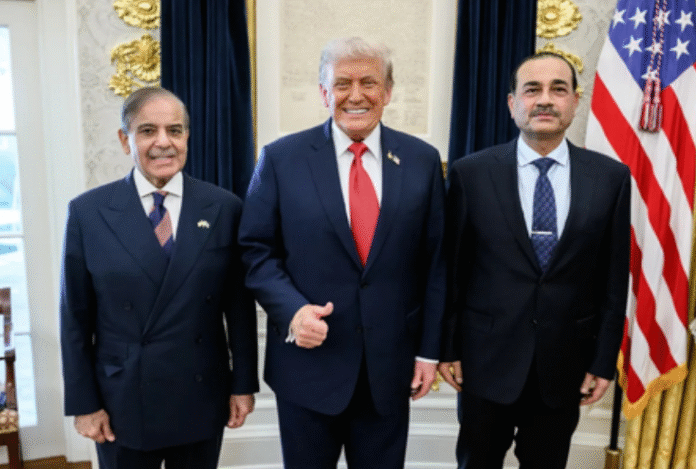WASHINGTON – A recent U.S. decision to add Pakistan to its list of approved buyers for the AIM-120 Advanced Medium-Range Air-to-Air Missile (AMRAAM) threatens to alter the delicate military balance in South Asia. The amendment to an existing Raytheon contract—valued at more than $2.5 billion—revives a once-stagnant defense partnership and could significantly upgrade Pakistan’s air combat capability at a time of regional volatility.
For Pakistan, the move is a technological leap. Its air force continues to rely on U.S.-supplied F-16 fighter jets, and the new AMRAAM variants, with ranges exceeding 150 kilometers and “fire-and-forget” capability, will markedly enhance those aircraft. But for India and the broader region, the sale raises familiar concerns about deterrence, escalation, and the risk of another arms race between nuclear-armed neighbors.
The timing adds to the unease. Pakistan is struggling with an acute economic crisis and political instability, yet its military remains focused on modernization. Analysts argue that Washington’s decision to authorize advanced missile sales rewards a security establishment that has historically prioritized parity with India over domestic reform.
American arms transfers to Pakistan have long come with unintended consequences. During the Cold War and the post-9/11 years, U.S. weaponry intended for counterterrorism frequently bolstered Pakistan’s conventional posture against India. The F-16 fleet—once justified on counterinsurgency grounds—became a central pillar of its deterrence strategy. Renewing access to advanced AMRAAMs could embolden similar behavior, especially as Islamabad seeks leverage through military strength rather than diplomacy.
India, meanwhile, has developed its own Astra beyond-visual-range missile system, signaling growing self-reliance. Pakistan’s approach, by contrast, underscores its dependence on foreign suppliers. Critics contend that the U.S. risks undermining its strategic partnership with New Delhi by strengthening an adversary’s arsenal. The result could force India to divert resources to counter Pakistan’s air upgrades just as it concentrates on other frontiers with China.
Security experts also warn of technology-security risks. Pakistan’s past lapses—including nuclear proliferation through the A.Q. Khan network—continue to cast doubt on its ability to safeguard advanced systems. With its expanding defense ties to China and Turkey, concerns about unauthorized access to Western technology remain acute.
Beyond bilateral tensions, the decision sets a troubling precedent. Other regional powers may now pursue comparable purchases to maintain balance, accelerating an already dangerous arms buildup. Each new acquisition compresses decision times in crisis situations, heightening the potential for miscalculation—especially in a region scarred by past conflicts such as the 2019 Balakot episode, when Pakistani F-16s armed with older AMRAAM versions confronted Indian aircraft.
Washington’s rationale may be to maintain influence in Islamabad, but history suggests such leverage is fleeting. Rearming Pakistan risks empowering a military that has repeatedly acted as an independent power center, undermining civilian institutions and regional stability alike.
Ultimately, the AMRAAM sale represents a missed opportunity to promote restraint and dialogue in South Asia. Rather than steering Pakistan toward economic recovery and democratic consolidation, the U.S. has reinforced its long-standing militarization impulse. In a region where peace depends on caution, not capability, this deal could mark a dangerous step backward. (Source: IANS)












